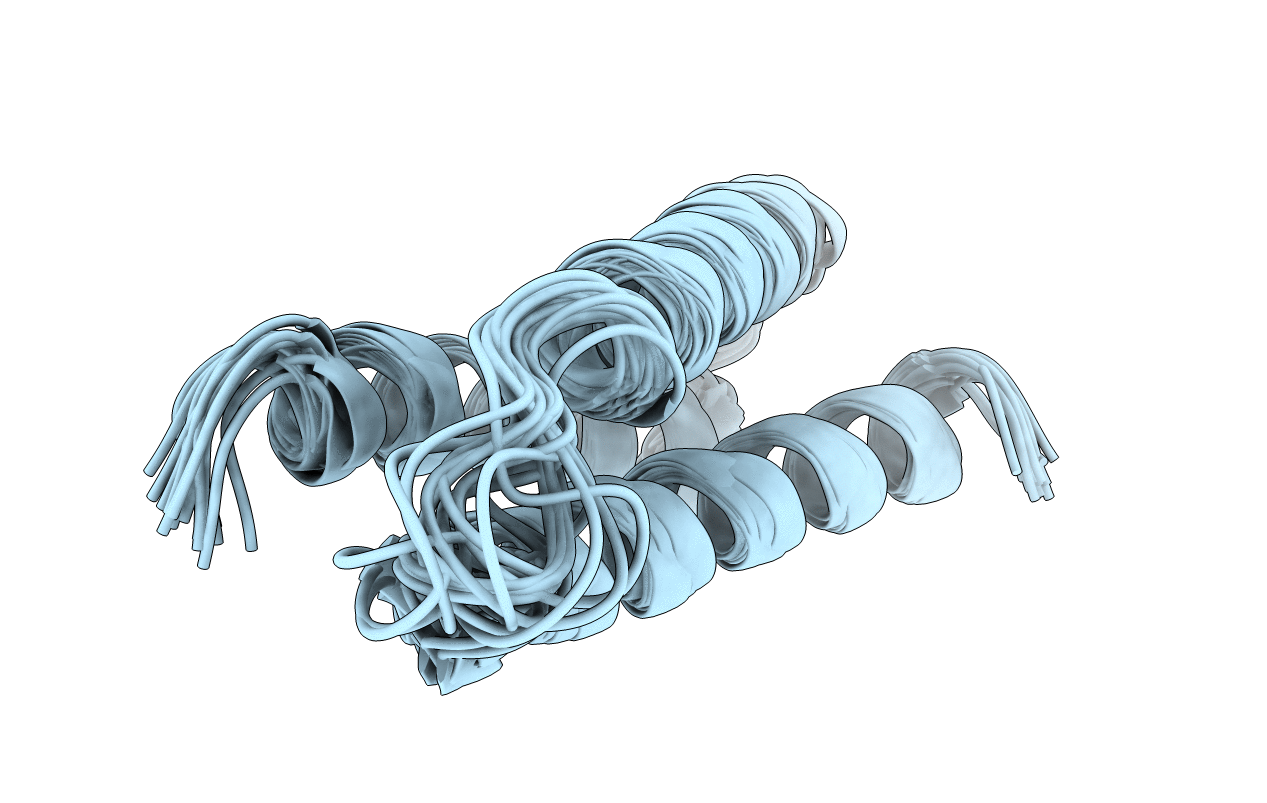
Deposition Date
2014-08-28
Release Date
2015-04-01
Last Version Date
2024-05-15
Entry Detail
PDB ID:
2MTQ
Keywords:
Title:
Solution Structure of a De Novo Designed Peptide that Sequesters Toxic Heavy Metals
Biological Source:
Source Organism:
Escherichia coli (Taxon ID: 469008)
Host Organism:
Method Details:
Experimental Method:
Conformers Calculated:
20
Conformers Submitted:
20
Selection Criteria:
structures with the lowest energy


